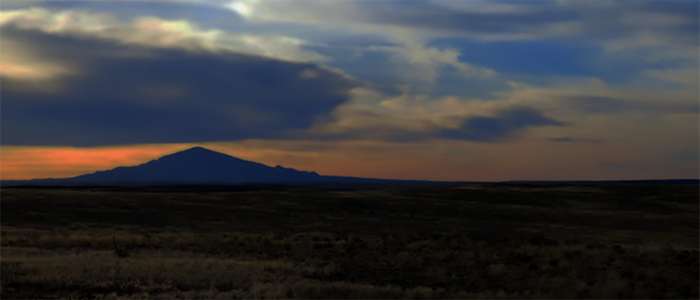Category: France
Beginning of the End Day—Year 80
“Instead of “Thank you for your service,” try, “We’re sorry you had to expend your blood, sweat, tears and toil to clean up our monumental failings.” Every time you meet one of the dwindling numbers of WWII veterans (and those of all the other magnificent little American wars we’ve fallen into), keep your mouth shut and your brain focused on peace. These “Greatest Generation” folks answered the bell and won the fight. We might not be as blessed next time.”
It was a Cold and Boring Night
“To me, as a gay boy, hugging another boy was perfectly natural. It always has been, it always will be. I always felt instinctively somehow that people would disapprove and say I was naughty. And I always felt instinctively that I knew what I wanted and I was going to have it and all those disapproving people could just go suck eggs and pound sand. Even at the height of the worst spiritual and sexual repression that Oklahoma and its churches could dole out, my inner belief has always been the same. There’s nothing wrong with me. I’ve known who I am and what I wanted since I was at least five. And everyone else who is not onboard with that can go over Niagra Falls without a barrel.”
On Crime and Punishment This Fourth of July
“It’s well worth a challenging read-and-think on everyone’s part at this particular moment in the country and society.”
Pocket Guide to France, or, Onward to Parisian Mademoiselles
“You are a member of the best dressed, best fed, best equipped liberating Army now on earth. You are going in among the people of a former Ally of your country. They are still your kind of people who happen to speak democracy in a different language.”
Beginning of the End Day
“Instead of “Thank you for your service,” try, “We’re sorry you had to expend your blood, sweat, tears and toil to clean up our monumental failings.” Every time you meet one of the dwindling numbers of WWII veterans (and those of all the other magnificent little American wars we’ve fallen into), keep your mouth shut and your brain focused on peace. These “Greatest Generation” folks answered the bell and won the fight. We might not be as blessed next time.”
Movie Night: Conquest
“The film itself is fairly representative of the period and shows how far ahead of her time Garbo was … that she could shine in spite of rather stilted dialogue, in a non-native language shows just how great an actor she was at the height of her career. It wasn’t bad, and I might have another look under certain conditions, but I probably wouldn’t buy it for the DVD collection, unless Criterion gets hold of it.”
11:00 | 11-November-1918
100 years ago today, at the eleventh hour of the eleventh day of the eleventh month of 1918, the guns along the 440-mile line stretching from Switzerland to the North Sea fell silent. The war started 1 August 1914 just as German Chancellor Otto von Bismark once famously predicted around 1884, by “some damned fool thing in the Balkans;” in this case, the assassination of Austrian Archduke Franz Ferdinand in Sarajevo, a city of agony in the 20th century). But on 11 November 1918, it was finally “all quiet on the Western Front.”
Dean Allen, RIP (Jan. 2018)
Because so much has been messed up and unstuck during the first half of this god-awful year, I just discovered the other day that Dean Allen, the creator of Textpattern, which powers this site, and of TextDrive, which used to host this site until Joyent destroyed it, and of «Textism» and Textile and Cardigan Industries…








